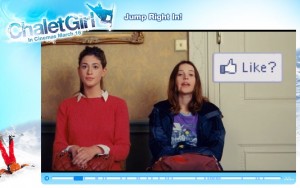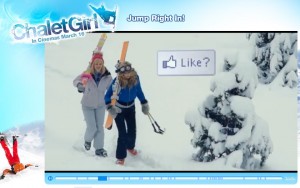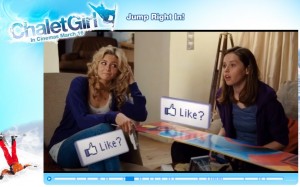India’s love for films is well-known. We love some of our film stars with all heart and more than our lives and such a display of affection is most visible when the star’s film releases and the star actually makes his first appearance within the film. For instance, take the example of Rajnikant – his last film, Endhiran, was something that even Boing Boing (sarcastically) went ga-ga over.
So, what do fans do when they catch the first glimpse of their favorite actor on screen? They shout. Or, they S-H-O-U-T! And throw confetti up in the air to demonstrate their love for the star.
Like this.
Now, consider this – would anyone know who threw the confetti or who shouted? In a dark, crowded theater…I suppose that is impossible to find. But hey…now Facebook gives you an opportunity to find that out too – trust Facebook to make the impossible possible! Take a look at the digital equivalent of what I just explained above!
Here’s the full video.
This is an enormously interesting tactic, but even while I was tweeting about it yesterday, I felt it was intrusive. The ‘Like’ boxes were all over the promo and most of them were just hanging there with no connection or purpose. The two places I thought they were useful – one, when the cast was being listed, like the last screenshot above; a ‘Like’ next to Felicity Jones’ name seems ideal to enthuse her fans to like her right when watching the promo. Second, at the end of the promo, in the credits, there was another ‘Like’ button – seemed contextual.
But every other button (and there were many!) just hovered all across the promo intruding our promo watching experience. I had a brief twitter chat with Mette Stuhr, who first tweeted this promo and we debated whether it was intrusive or not.
I certainly agree that it holds a lot of novelty value, but it could become messy if people started putting this up all across their videos. To a question by someone else on how this video was made, Mette felt that the ‘Like’ boxes were added during post-production of the promo and the likes’ functionality may have been enabled via flash.
Also, this is vastly unlike an ad that appears at the bottom of a YouTube video – you have the choice of closing that thing! And as I tweeted, there is a reason why pop-blockers were invented as browser add-ons!
Now, I also feel this holds a lot of opportunities. If used contextually and cleverly, the kind of interactivity this tactic offers is enormous. It is one thing to add a like button in the text area, but it is completely different to incorporate the same within a video and let the user interact with the video and also showcase that interactivity to his friends on Facebook!
What do you think of this new tactic? Passing fad? Interesting possibilities ahead?
And, a bigger question – does Facebook approve this?




